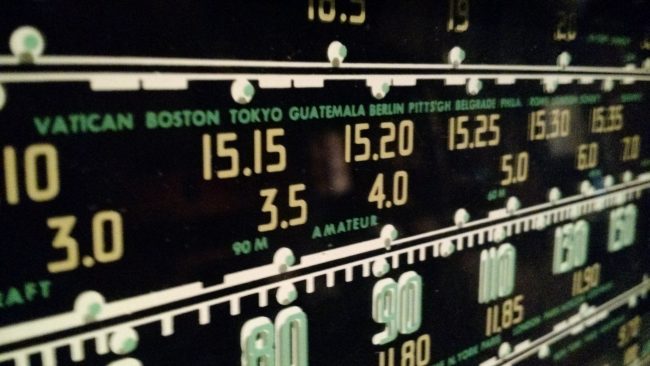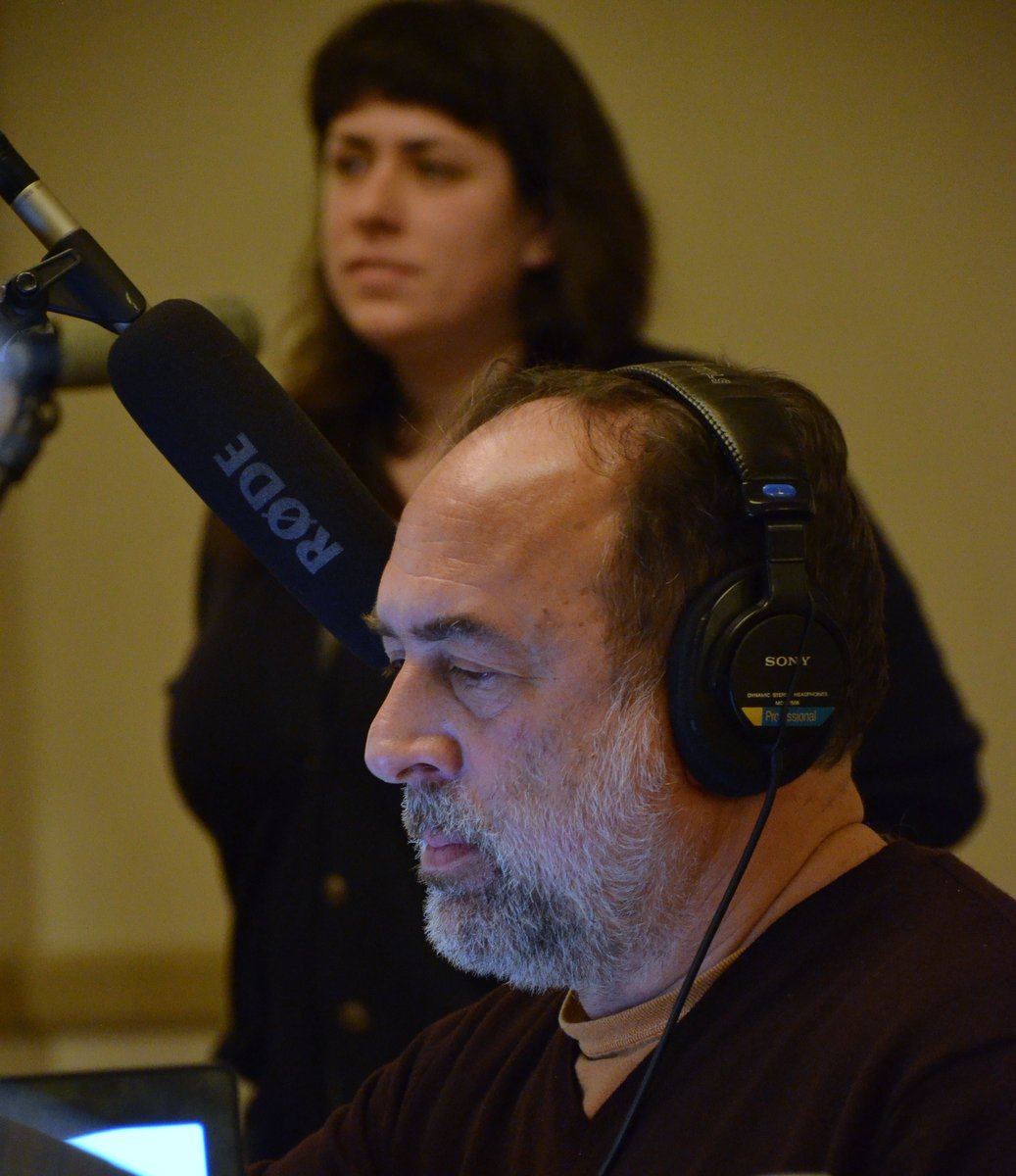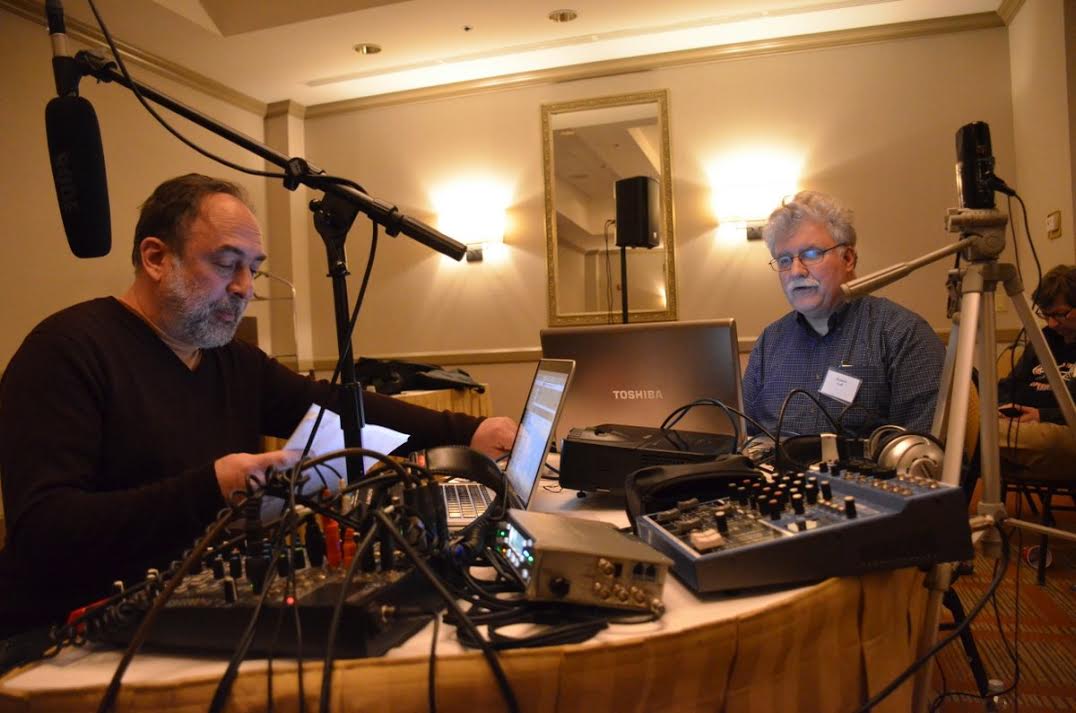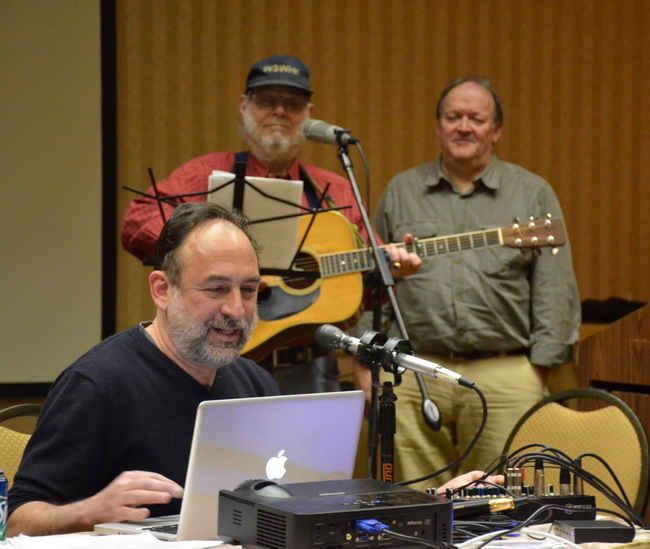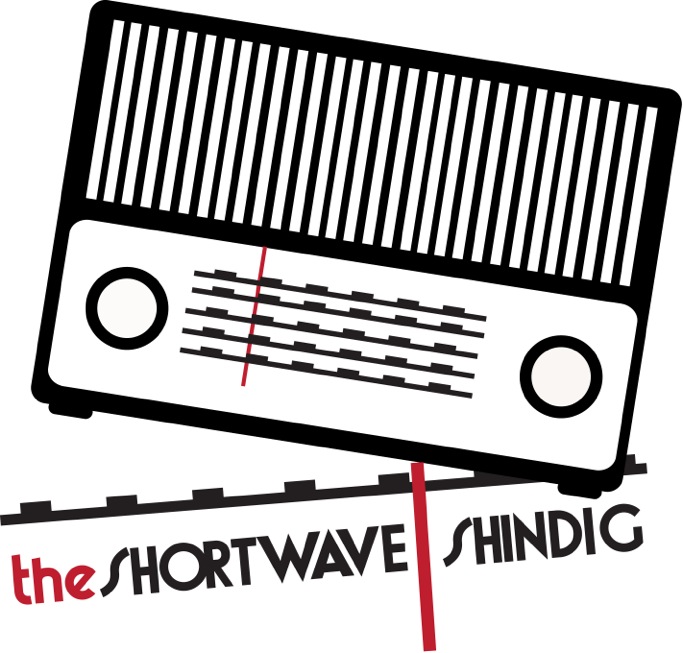Many thanks to SWLing Post contributor, Marty Meyers, who shares the following notice from WRMI (via Facebook):
6855 kHz off air
Due to interference with a U.S. Army frequency, WRMIhas been asked to vacate 6855 kHz. We are now off of this frequency. However, a replacement frequency of 9455 kHz has been assigned, and we expect to be on the air on 9455 kHz sometime next week. This frequency will be directed primarily to the Southwestern United States and Mexico, although it will probably be audible in other areas as well, depending on propagation conditions.
Thanks for the tip, Marty!

